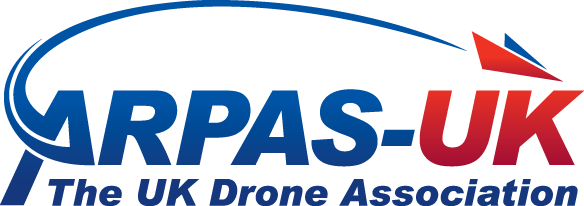To date there have been over 1000 deaths attributed to the Coronavirus, which originated in Wu Han, China. When news of the virus, now renamed Covid 19 by the World Health Organisation, first emerged, the Chinese authorities were criticised for their poor handling of the situation and several senior health officials have been removed from their posts.
The virus is a respiratory based one, with the main signs of infection being fever (high temperature) and a cough as well as shortness of breath and breathing difficulties. People have been advised to wear face masks, sneeze and then bin the tissue, and wash hands frequently to keep the risk of infection as low as possible. They have further been advised to remain indoors with only one family member allowed out to shop for food and other necessities every other day. The virus is highly contagious and is spreading more rapidly than SARS. To date it has killed more people in 6 weeks than SARS did in 8 months.
So, what role have drones played?
- Drones as a monitoring tool. The Authorities have been using drones to ensure that the advice in place is followed and the spread of the coronavirus is limited as far as possible. Films of empty streets have been seen on every news channel.
- Drones with in-built speakers have been used in Wu Han and other cities to remind citizens to wear face masks and return indoors. The language in some articles talking about this has been quite negative using adjectives of the drones such as “sharp-tongued”, verbs such as “scolding” and “yelling”, while others portray it as an education programme. In some cases the advice is looped and non-specific while in other cases, the voice is that of a local official.
- Drones have been spraying areas and people with disinfectant. The autonomous precision spraying tool (the agricultural drone), can be a highly effective alternative to accurately release disinfectants over public places. Compared with traditional disinfection approaches conducted by hands or lorry, drones can be directed to spray where it is needed and cover a wider area, helping to improve public hygiene and reducing the risk of virus transmission through surface contact.
- Tethered drones have been used with lighting equipment at large construction sites such as Vulcan Mountain Hospital, the 33,900m2 hospital built in 10 days for coronavirus patients.
- Drones have been used to deliver critical medical supplies and patient samples. This has reduced transport time and freed up much needed land-based transport, while reducing the person to person contact.
- Drones with thermal imaging solutions have been used in the eastern Liaoning Province to detect heightened body temperatures of people when out on the streets. When combined with facial recognition tools, a common tool in China used for a variety of purposes from payment to workplace security, the results are impressive.
- Drones have been delivering food, face masks and disinfectant products to people, again reducing the need for person to person contact and limiting the spread of the virus.
Clearly, drones aren’t going to solve all the problems that the coronavirus poses; they are simply a tool – for good. However, all too often drones are spoken of negatively. Instead, let’s give them and the people and companies operating them, the credit for seeing the various ways they can be used for good when combating this highly contagious virus.
Elena Major, ARPAS-UK
12th February 2020


